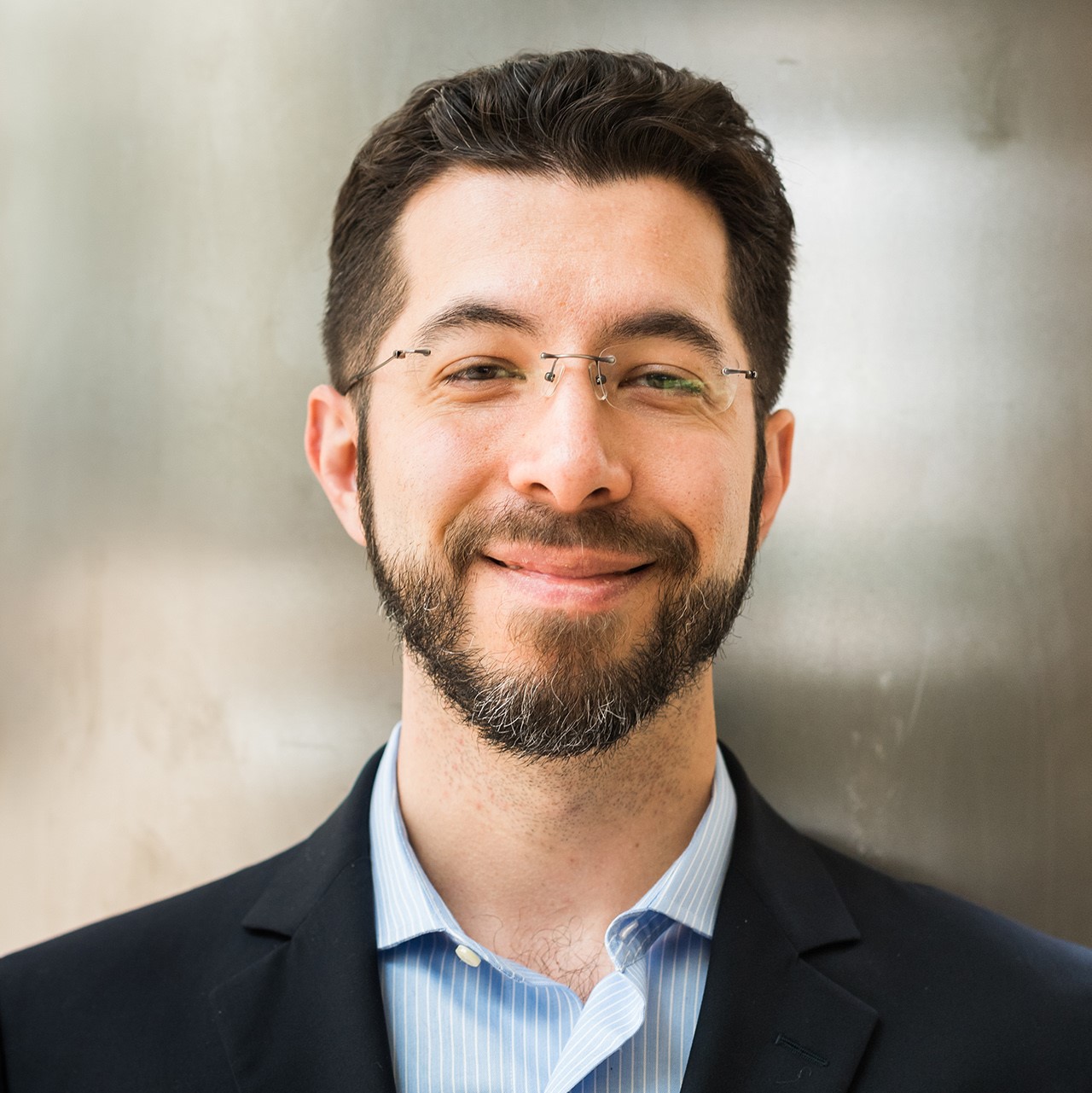About This Webinar
Understanding and repairing complex biological systems, such as the brain, require technologies for systematically observing and controlling these systems. Ed Boyden, Ph.D., and his research group at MIT are discovering new optical principles that enable such technologies. In this webinar, Boyden will share examples of such tools and how they are propelling neuroscience.
As his first example, Boyden will present on the discovery that one can physically magnify biological specimens by synthesizing dense networks of swellable polymer throughout them and then chemically processing the specimens to isotropically swell them. This method, which his team calls expansion microscopy, enables ordinary microscopes to do nanoimaging — important for mapping the brain across scales. Expansion of biomolecules away from each other also decrowds them, enabling previously invisible nanostructures to be labeled and seen.
Boyden will also explain how microbial opsins, genetically expressed in neurons, can enable their electrical activities to be precisely controlled in response to light. These molecules, called optogenetic tools, enable causal assessment of how neurons contribute to behaviors and pathological states.
Finally, Boyden will elaborate on new strategies such as robotic directed evolution, fluorescent reporters that enable the precision measurement of signals such as voltage and calcium. By fusing such reporters to self-assembling peptides, they can be stably clustered within cells at random points, distant enough to be resolved by a microscope, but close enough to spatially sample the relevant biology. Such clusters, which his team calls signaling reporter islands (SiRIs), permit many fluorescent reporters to be used within a single cell, to simultaneously reveal relationships between different signals.
Boyden and his group share all these tools freely and aim to integrate their use to enable comprehensive understandings of neural circuits.
Who should attend:
Anyone working in neuroscience or other life sciences looking to improve their understanding of new optical tools and techniques being developed by a world-renowned innovator in the field and his team. Whether you are involved in R&D, education, or the implementation or sale of optical instruments and strategies, this webinar will provide insights into new discoveries enabling improvements to current technologies.
About the presenter:
 Boyden is Y. Eva Tan Professor in Neurotechnology at MIT, an investigator of the Howard Hughes Medical Institute and the MIT McGovern Institute, and professor of Brain and Cognitive Sciences, Media Arts and Sciences, and Biological Engineering at MIT. He leads the Synthetic Neurobiology Group, which develops tools for analyzing and repairing complex biological systems such as the brain, and applies them systematically to reveal ground-truth principles of biological function and to repair these systems. He also co-directs the MIT Center for Neurobiological Engineering, which aims to develop new tools to accelerate neuroscience progress, and he is a faculty member of the MIT Center for Environmental Health Sciences, Computational & Systems Biology Initiative, and Koch Institute.
Boyden is Y. Eva Tan Professor in Neurotechnology at MIT, an investigator of the Howard Hughes Medical Institute and the MIT McGovern Institute, and professor of Brain and Cognitive Sciences, Media Arts and Sciences, and Biological Engineering at MIT. He leads the Synthetic Neurobiology Group, which develops tools for analyzing and repairing complex biological systems such as the brain, and applies them systematically to reveal ground-truth principles of biological function and to repair these systems. He also co-directs the MIT Center for Neurobiological Engineering, which aims to develop new tools to accelerate neuroscience progress, and he is a faculty member of the MIT Center for Environmental Health Sciences, Computational & Systems Biology Initiative, and Koch Institute.
Among other recognitions, he has received the Wilhelm Exner Medal (2020), the Croonian Medal (2019), the Lennart Nilsson Award (2019), the Warren Alpert Foundation Prize (2019), the Rumford Prize (2019), the Canada Gairdner International Award (2018), the Breakthrough Prize in Life Sciences (2016), the BBVA Foundation Frontiers of Knowledge Award (2015), the Carnegie Prize in Mind and Brain Sciences (2015), the Jacob Heskel Gabbay Award (2013), the Grete Lundbeck Brain Prize (2013), the NIH Director’s Pioneer Award (2013), the NIH Director’s Transformative Research Award (2012, 2013, and 2017), and the Perl/UNC Neuroscience Prize (2011). He is an elected member of the National Academy of Sciences (2019), the American Academy of Arts and Sciences (2017), the National Academy of Inventors (2017), and the American Institute for Medical and Biological Engineering (2018). His group has hosted hundreds of visitors to learn how to use new biotechnologies.
Photo credit: Justin Knight.
Visit this page to view Boyden’s previous Photonics Media webinar on this topic.